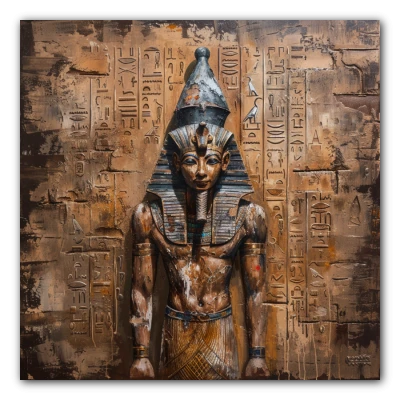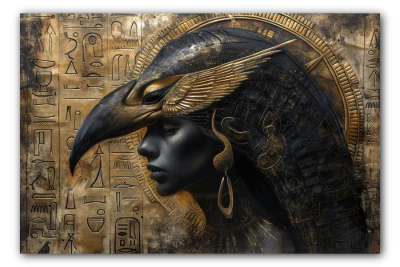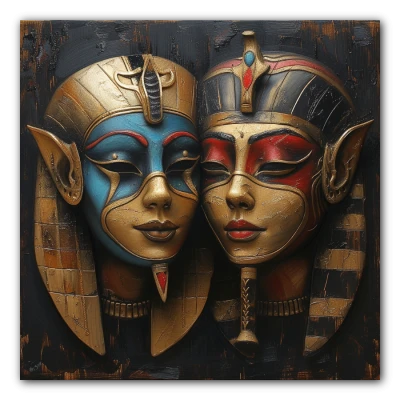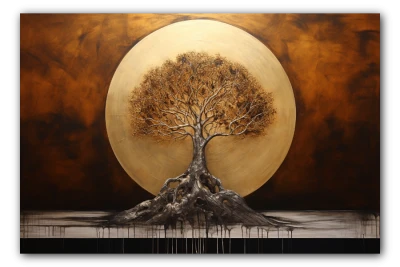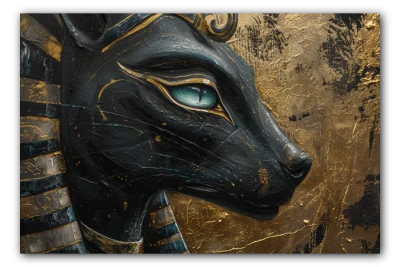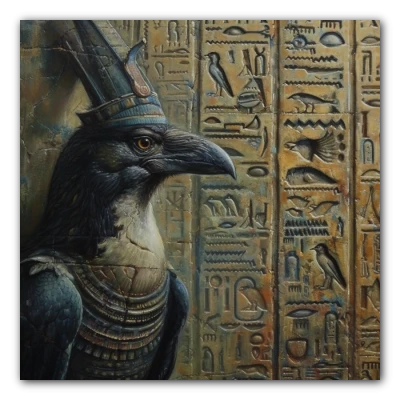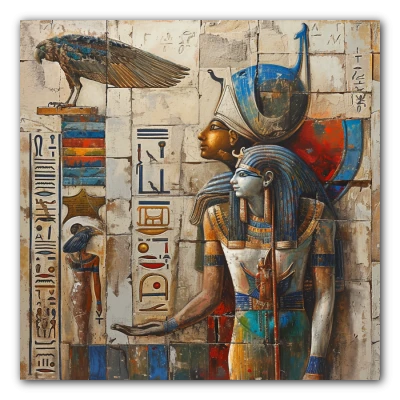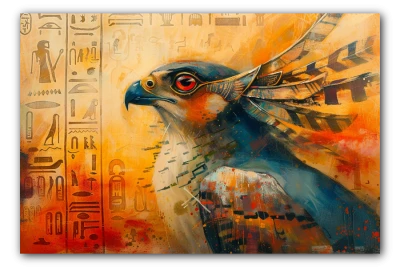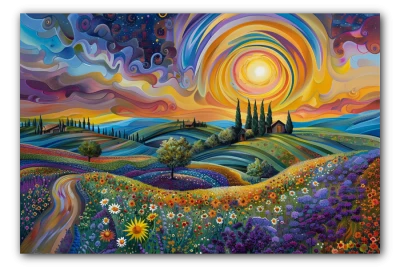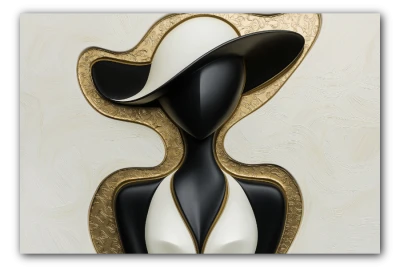Posmodernismo
Challenging Norms: The Aesthetic Revolution of Postmodernism
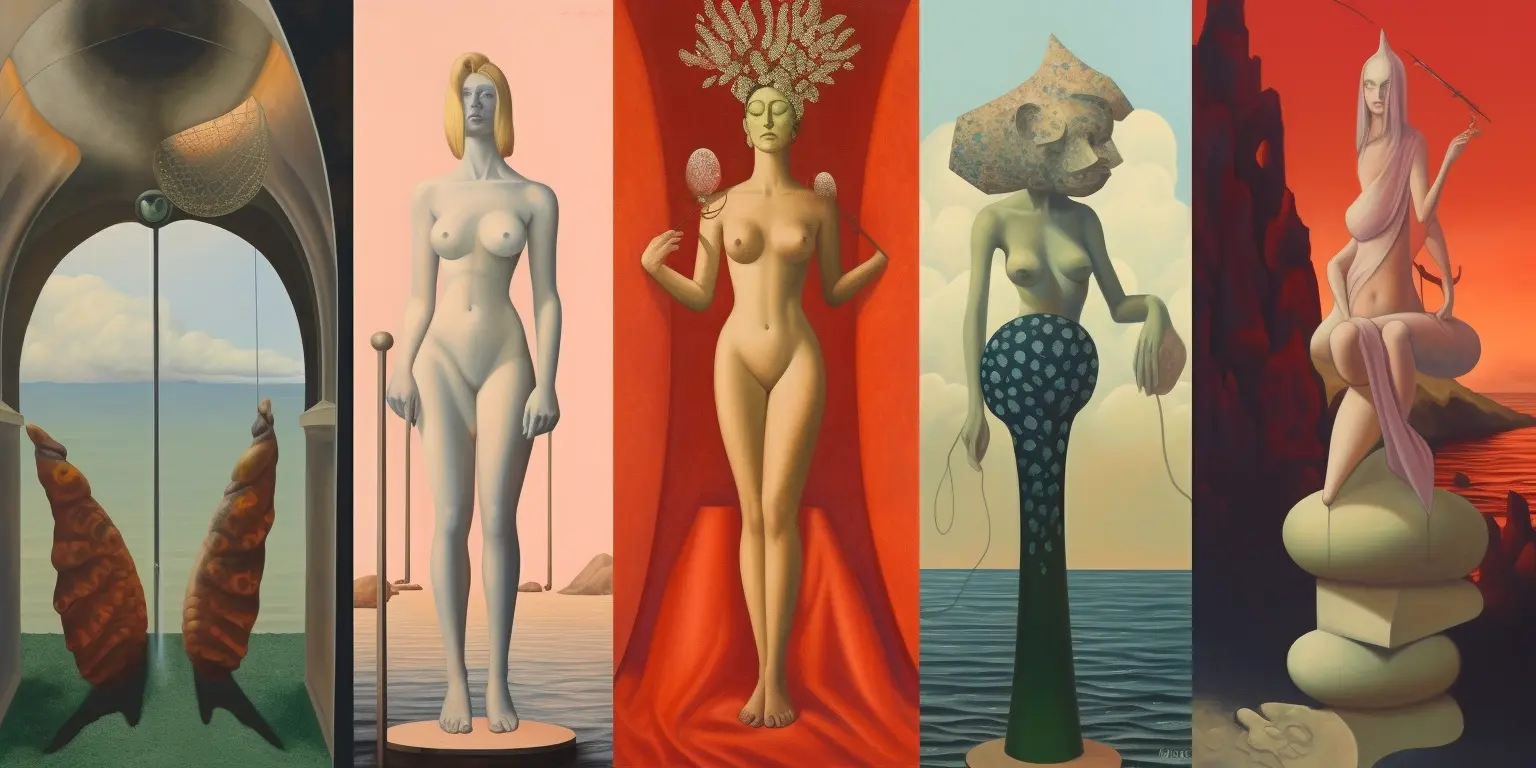

Exploring Identity in the Postmodern Art Era
The postmodern art movement began in the mid-20th century as a response to and sometimes even a critique of the principles and practices of modernism. It was characterized by a skeptical attitude towards grand narratives and absolute truths, establishing itself in an era of plurality, diversity, and contradictions. Postmodernism encompasses a vast range of styles, themes, and techniques, reflecting the complexity and ambiguity of contemporary life.
Main Characteristics
Among the main characteristics of postmodernism are parody, pastiche, and humor. It stood out for mixing different styles and eras, self-reflection, and questioning artistic conventions. Postmodern artists tended to decenter the subject, exploring fragmented identities and highlighting the cultural construction of reality.
Technical and Stylistic Details
Technically, postmodernism was known for its eclectic use of materials and methods, from traditional techniques to new technologies. Intertextuality and hybridization were also key aspects, with works that fused genres, media, and styles innovatively and provocatively.
Influential Painters and Paintings
Within the vast array of postmodern artists, figures such as Jean-Michel Basquiat, whose works mixed graffiti with expressionism; Andy Warhol, who played with mass culture and serial reproduction; and Cindy Sherman, known for her photographic series exploring identity and gender roles, stood out. Among the most iconic paintings are Warhol's Campbell's Soup Can series and Roy Lichtenstein's "Big Painting," which parodied the comic book aesthetic.
